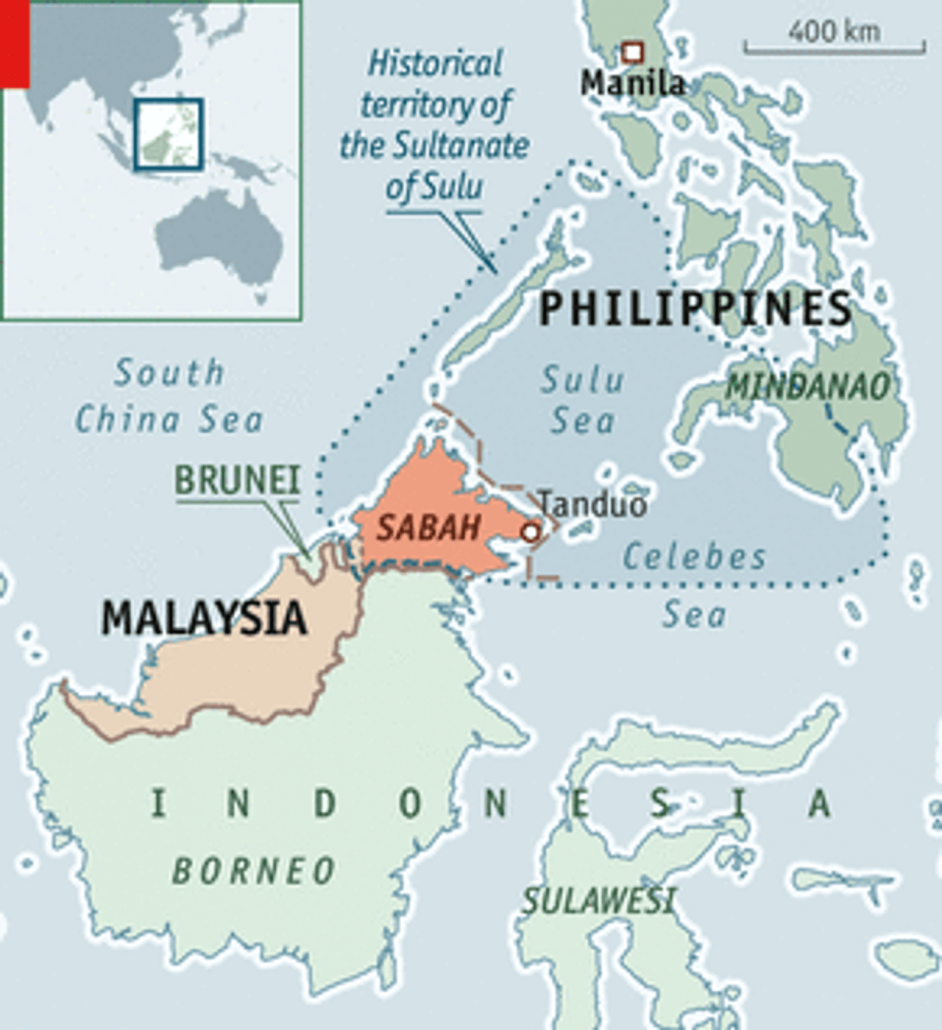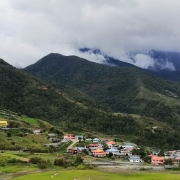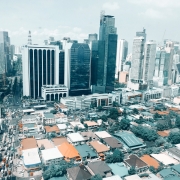What is the Sabah dispute?
Topic of Study [For H2 History Students]:
Paper 2: Regional Conflicts and Co-operation
Source Based Case Study
Theme III Chapter 1: Inter-state tensions and co-operation: Causes of inter-state tensions: territorial disputes
Historical Context: The Malaysian Federation
Before the Malaysian Federation was formed, the Cobbold Commission was held to assess the willingness of the people in the North Borneo territories to support the merger. Later, the Commission concluded that about ‘one third’ were in favour of the Federation.
Yet, both Indonesia and the Philippines rejected the results of the Commission. Then, a tripartite meeting was conducted in Manila, in an attempt to resolve the differences among three, including Malayan Prime Minister Tunku.
12. The Philippines made it clear that its position on the inclusion of North Borneo in the Federation of Malaysia is subject to the final outcome of the Philippine claim to North Borneo. The Ministers took note of the Philippine claim and the right of the Philippines to continue to pursue it in accordance with international law and the principle of the pacific settlement of disputes. They agreed that the inclusion of North Borneo in the Federation of Malaysia would not prejudice either the claim or any right thereunder.
An excerpt from the Manila Accord, 31 July 1963.
The conclusion of the meeting was marked by the signing of the Manila Accord by the Philippine president Macapagal, Indonesian president Sukarno and the Tunku. All parties had expressed their desires to respect the wishes of the people in North Borneo, should the United Nations establish another commission to confirm the general opinion.
Nearly two months later, the United Nations Malaysia Mission report was submitted by the Secretary-General U Thant on 14 September 1963. The report stated that “majority of the peoples of Sabah (North Borneo) and of Sarawak, have given serious and thoughtful consideration to their future, and to the implications for them of participation in a Federation of Malaysia”.
However, the findings were again rejected by the claimants. Two key incidents occurred as a result of the Federation – the Confrontation and ‘Operation Merdeka’.
Conflicting Claims
From the Philippines’ perspective, Sabah was rightfully under their control, citing historical basis for their claims. In 1704, the Sultan of Brunei ceded the North Borneo territory to the Sultan of Sulu for quelling an internal rebellion. In the 19th century, major powers like Great Britain and Spain had recognised the Sultan of Sulu’s sovereignty over the territory.
In 1878, the Sultan of Sulu signs a contract of permanent lease with Baron von Overbeck and Alfred Dent. The rights over Sabah were transferred to the British North Borneo Company, in exchange for annual payments of 5,000 Malayan dollars.
However, Malaysia maintained its position that the North Borneo Company had ceded territorial rights of Sabah to Britain in 1946, thereby making it a British colony.

On 15 October 1968, the Philippine government brought the Sabah dispute to the United Nations General Assembly. In his address, the President Fidel Ramos proposed to submit the case to the International Court of Justice.
38. It is obvious even from a cursory examination of the documents to be considered in the determination of the issues involved in the dispute that the International Court of Justice is the organ of the United Nations that should take cognizance of the dispute between the Philippines and Malaysia. It is the body best suited to handle such a complex dispute.
39. In that case that Malaysia agrees to elevate the dispute to the Court, the Philippines will be prepared to abide by whatever decision that judicial body may render. If the decision of the Court is in favour of Malaysia, that will be the end of the Philippine claim. If the decision is in favour of the Philippines, that will not be the end of the case. For the Philippines is committed to the principle of self-determination and would be prepared to ensure the observance of that principle in Sabah.
An excerpt from the official records of the Twenty-Third Session of the United Nations General Assembly, 15 October 1968.
What can we learn from this article?
Consider the following question:
– Assess the implications of the Sabah dispute on bilateral relations between the Philippines and Malaysia in the 1960s.
Join our JC History Tuition to learn more about regional conflicts and co-operation, such as the Confrontation. The H2 and H1 History Tuition feature online discussion and writing practices to enhance your knowledge application skills. Get useful study notes and clarify your doubts on the subject with the tutor. You can also follow our Telegram Channel to get useful updates.
We have other JC tuition classes, such as JC Math Tuition and JC Chemistry Tuition. For Secondary Tuition, we provide Secondary English Tuition, Secondary Math tuition, Secondary Chemistry Tuition, Social Studies Tuition, Geography, History Tuition and Secondary Economics Tuition. For Primary Tuition, we have Primary English, Math and Science Tuition. Call 9658 5789 to find out more.


